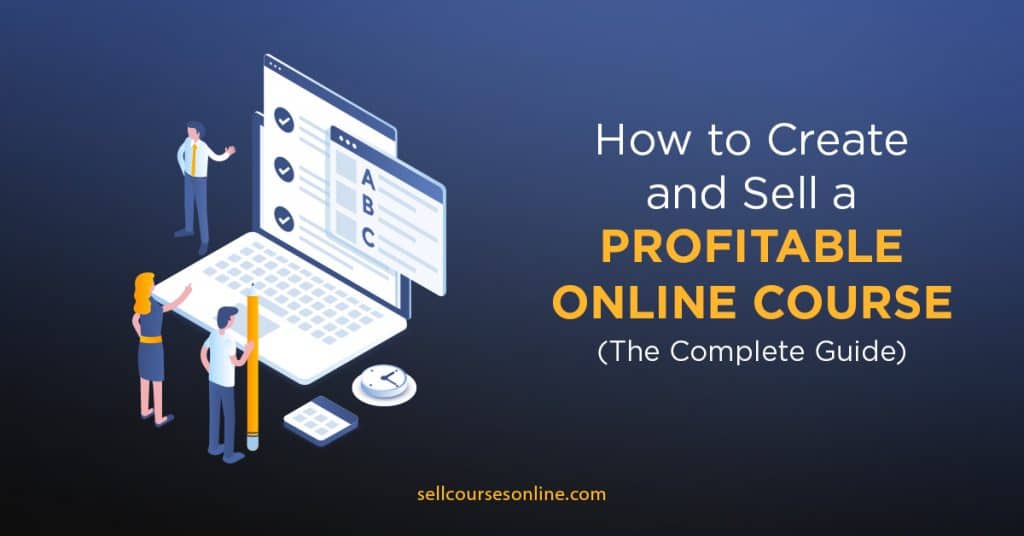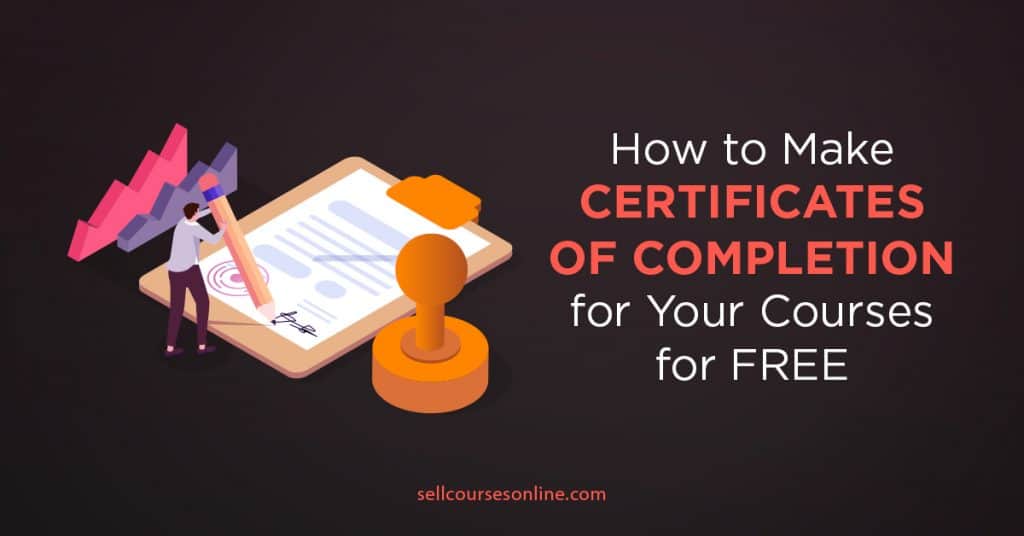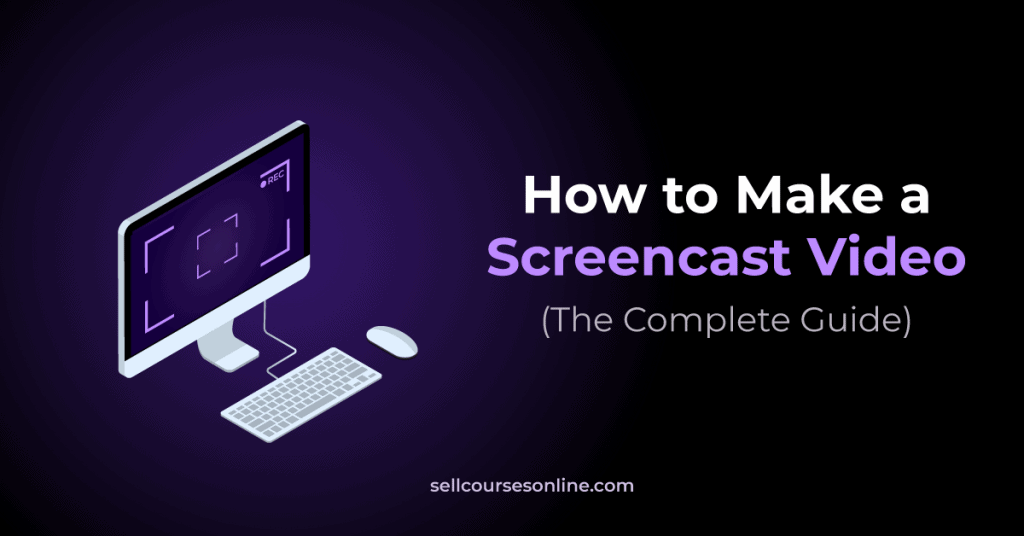7 Tips for Creating a Masterful Course Outline
Your course is the tool map that will guide your students from where they are today to where they want to be. A well-thought-out outline anticipates the roadblocks that they might encounter along the way, reminding them of the destination.
Using our AI Course Outline Generator is an excellent shortcut to structuring your next program. It can literally save you hours.
Then, take your newly generated outline, apply these tried-and-tested tips, and make it outstanding.
While this might sound like a daunting task, we’ve compiled a list of our seven best tips for creating a course outline.
Are you ready? Let’s get into it.
1. Define the Course Goal
Often, experts have a whirlwind of brilliant content ideas swirling in their heads, but when it comes to defining objectives and articulating a program’s overall goal, clarity is harder to reach.
Being able to articulate the nuances that make your ideas great is pivotal to a successful online course business.
To plan a course that will bring your clients specific results, you must define your program’s overall aims with such clarity that a successful outcome becomes self-evident for your students.
Let’s look at a more concrete example. Let’s say that we have a course idea about helping people in difficult circumstances. How can we use subtle variations to describe our course’s purpose in more detail?
- My course is for people who encounter difficult circumstances.
- My course helps people overcome difficult circumstances.
- My course helps people move from hardship to healing.
- My course helps people use difficulties to build resilience.
We can already see a difference in these themes by using more nuanced language: overcome, healing, and resilience.
If you’re still struggling to define your course’s goal, try writing a description of a successful student. What do they know, believe, or do differently as a result of your course?
Those precise and nuanced words will help you better define your course’s goal.
2. Chunk Your Content
Chunking is the process of organizing content into modules and lessons. We do this to optimize the mental effort it takes for students to process each of them.
Students must exert some mental effort to make a lesson stick. However, if it’s too much, their brain gets overwhelmed, and learning fails.
When looking at your course outline, consider how much mental effort each lesson takes.
- If it’s too much, simplify your content or divide it into mini-lessons.
- If it’s too little, replace it with an infographic, activity, or reference material, or add it to another lesson.
The mental effort that students exert should match their motivation. Highly-motivated students may enjoy more difficult lessons because it feels like they’re learning more. When students are unmotivated, instead, we might have to both motivate and teach them.
For example, let’s say that you have two people joining your fitness program. The first signs up with their 12-year-old daughter who’s gaining strength after overcoming cancer. The second one wants to look more attractive.
- How would you compare their motivation and commitment?
- Who is more likely to take on more challenging tasks?
So, go for bigger chunks of material for eager students and smaller, more enticing ones for reluctant learners.
3. Clarify the Outcomes
Similar to the first tip, “Define the Goal,” clarifying your course’s outcomes means describing the positive gains that your students can expect from the course.
Let’s look at an example to clarify how they’re different.

In Laura Adams’ course on getting out of debt, the goal—as stated in her title—is to help her students get out of debt.
Additionally, her students will develop specific skills to reach this goal, which she shares in her “What you’ll learn” section.
Clarifying the outcomes in an outline creates mini-goals or milestones for each section.
Here’s how to do this:
- List all of the critical positive outcomes or milestones contributing to the course goal.
- Ensure that each is in the course outline.
- Clarify the desired outcome for each module.
While lesson outcomes may not seem as vital as the course goal, they give students a feeling of success along the way and ensure that all of the desired outcomes contribute to the course’s goal.
4. Plan For Learning Preferences
There’s massive controversy in the world of educators about learning styles. While studies haven’t proven that we learn best in our preferred styles, the existence of this dispute itself is evidence that we have preferences.
Whether you believe in the theory of learning styles or not, there are many benefits to including content in different formats. Plus, incorporating different senses is like opening a box full of tools.
Consider these examples of how you can appeal to your audience’s preferences.
- Visual: video, infographic, charts, and diagrams
- Auditory: sound effects, music, audiobooks, and podcasts
- Kinesthetic: workbooks, physical movement, and hands-on practice
You can stimulate different senses even through video-based courses by adding sound effects or asking your students to mimic your actions. Otherwise, consider making the audio available and summarizing the content in a workbook.
Did you know that when it comes to sensory inputs, your brain dedicates more space to processing visual information than any other sense?
5. Include Actionable Steps
While some courses have no need for actionable steps—for instance, ancient Mesopotamian history—most will benefit from actionable content.
If you decide to offer it, include step-by-step processes in your outline, or arrange it to include actionable processes.
Here’s an example.

Billy Wigley arranged the outline of his Excel course in order to accommodate his actionable content. If your course has actionable steps, you can do this too.
The course outline generator can help you with actionable content ideas when you add words like “steps” or “keys” and numbers. For example, you can try something like “the four keys to…” or “the five steps for…”
Once you have those ideas down, use your content and experience to modify the outline and make it yours.
6. Sequence It Logically
Your outline’s sequence should make sense. Here are a few common options:
- Process
- Student Journey
- Simple-to-Complex
- Acronym
Which of these sequences works best for you? Use this chart to find out.
- Process: This structure puts your course in the order of a set of tasks or processes. This is the most common way of organizing content. Examples include: “How to Get Out of Debt” or “How to Bake a Pie.”
- Student Journey: This structure anticipates the student journey. It’s where we place content in the order the typical student needs the learning it provides. Examples include: “Stages of Grief,” “Learning to Forgive,” or “Overcoming Trauma.”
- Simple-to-Complex: This structure organizes your content on the basis of difficulty, starting with basics and advancing to more complicated content. Examples include programming, microbiology, and learning to speak Russian fluently.
- Acronyms: This structure gives your outline a unique twist, so if you want to use an acronym, set it up in the outline. One example is Terry Moore’s How to Write a Eulogy in 4 Easy Steps with L.I.F.E.
Once you have a sequence you like, walk through the order in your head to see how easy the shift is from one lesson to the next. When the flow is right, the transitions will be effortless.
7. Measure the Results
With our last tip, we take a look back at our first tip, “Define the Course Goal.” When we are crystal clear with our goals, measuring success becomes effortless.
Schools and companies often measure results with formal tests and assessments. Online courses, instead, are different. It is the student who decides if the course was successful.
For this reason, the following question is the best measure of success.
Did the student achieve the goal you promised?
Because a student’s perception is the most critical metric, tests are rarely necessary. Plus, valid tests are very hard to create, and since some people struggle with them, if they fail, they might assume that the course was unsuccessful even though it wasn’t.
But fear not. There’s a better approach to creating moments for your student to measure their knowledge.
- In the introduction, paint a picture of the destination or ask your students to do it.
- At the end of each lesson, have them reflect on what they learned.
- At the end of the course, have them review the results you promised and score how well they did with each of them. Don’t forget to offer solutions when they don’t achieve the desired results.
There are some courses—such as those promising a certification—in which a valid test is required. If you must create an assessment, consider consulting a testing expert.
Use Student Feedback to Measure the Outcome
Student feedback is the best measure of success. Having conversations with your students provides the highest quality of feedback. However, this isn’t feasible with a course that reaches thousands of people.
A best practice is to interview your students during the course’s early iterations and use their feedback to improve it. Then, build in automated feedback tools—e.g., surveys—at the end of each module and at the end of the course. This feedback will help you monitor the quality of your course.
Putting It All Together
Now that you know how important your outline is, are you ready to create a masterful course outline?
Download our outline course template and get started right away.
Explore our comprehensive list of AI tools for course creation to stay ahead of the curve.






